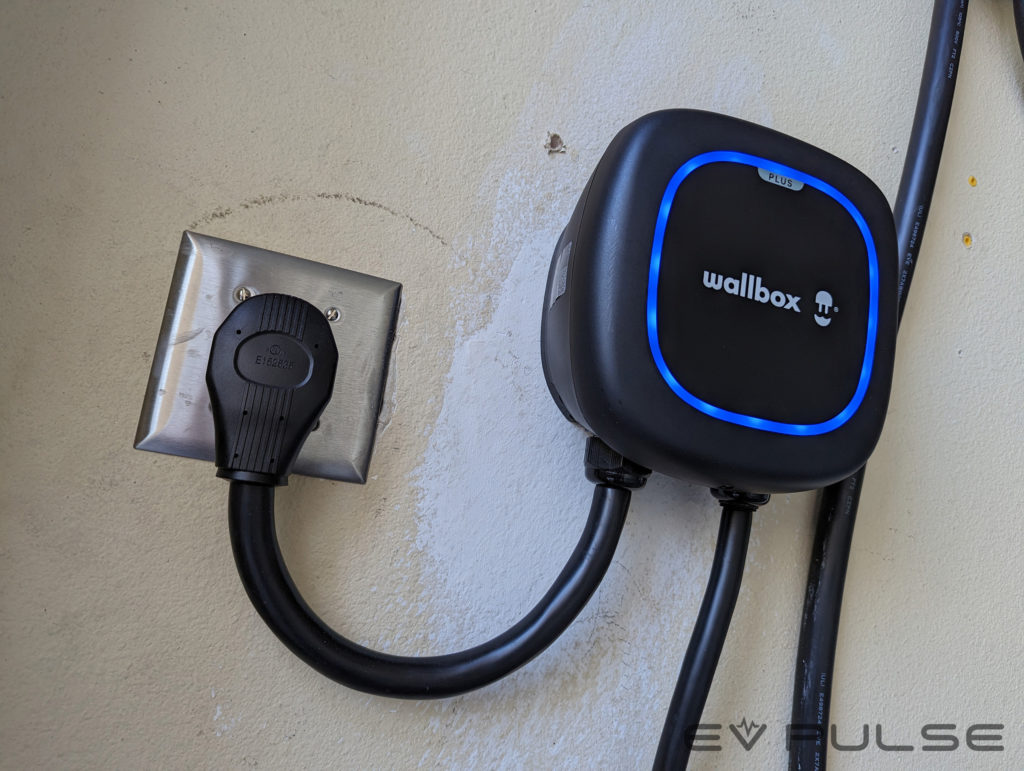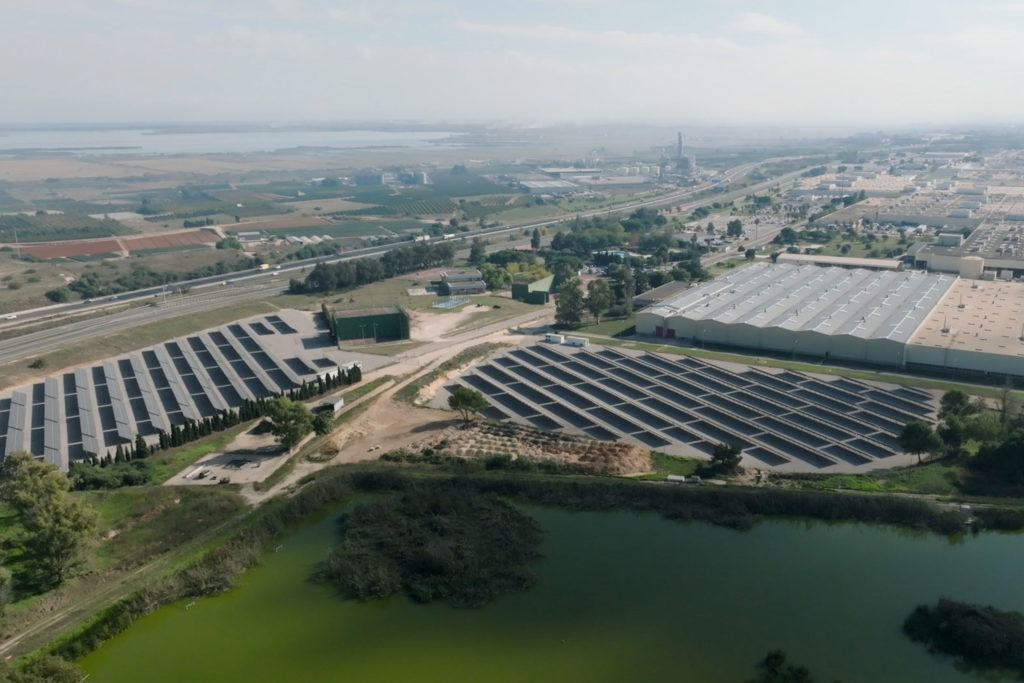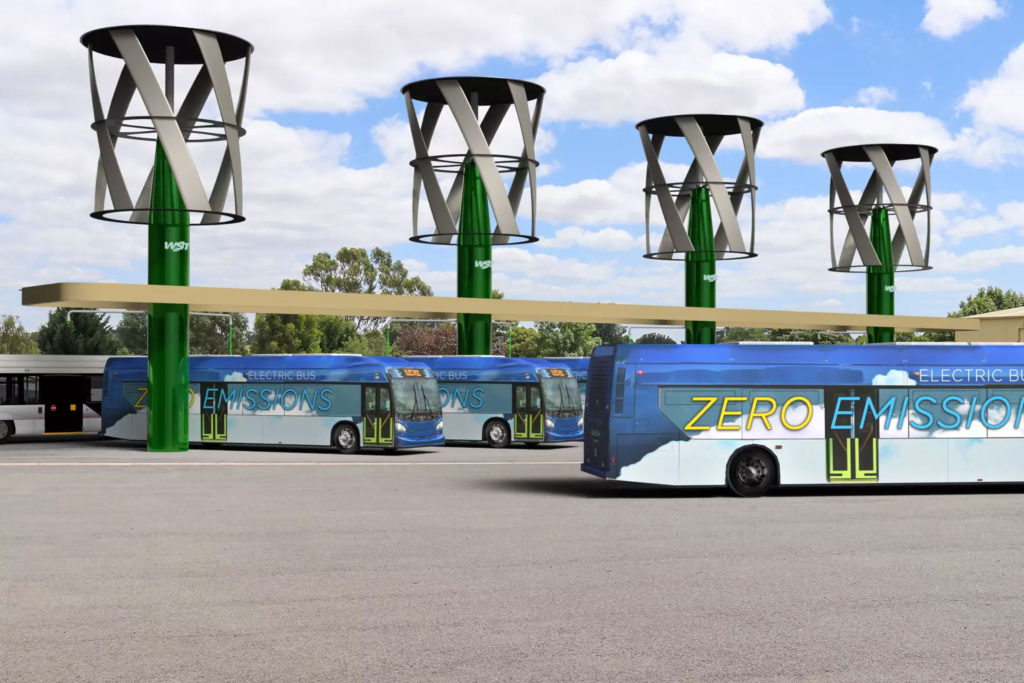Will electric vehicles destroy our power grid, you know, the immense system that generates and delivers electricity to your home and workplace? This is a common question, so, let’s tackle it head on.
We hear it all the time, that electric vehicles are a scam and they’re going to destroy our power grid. But is that really true? Well, on the surface at least this seems like a reasonable assertion. Critics often say that too many drivers plugging in to charge all at once could overload the system and send us back to the dark ages. Shutting down coal- and natural gas-fired powerplants is already leading to energy shortages in places like California. Renewable sources like wind and solar are unreliable. And finally, our electrical grid is far too old to support millions and millions of EVs.
That last point is particularly frightening. As reported in a 2020 article from Public Utilities Fortnightly magazine – yep, that’s what it’s called – the US power grid is ancient, “To say that the United States has an aging electric transmission infrastructure is a sizable understatement. The average age of the installed base is 40 years old, with more than a quarter of the grid 50 years old or older.”
Now, that sounds bad, and in some ways is, but despite the age of our power system hardware, at least in the immediate term, we’re in a better place than many people realize.

According to Sam Fiorani, vice president of global vehicle forecasting at AutoForecast Solutions, our electrical grid will not be destroyed by EVs. Upgrades are required and are in the works to prevent this.
For instance, the US Department of Energy’s Building a Better Grid Initiative, which is part of the Bipartisan Infrastructure Deal, focuses on “… catalyzing nationwide development of new and upgraded high-capacity transmission lines.” This is necessary because, according to the DOE, a whopping 70% of our nation’s power lines are more than 25 years old. Additionally, “… insufficient transmission capacity – especially transmission that facilitates [the] transfer of power across regions – presents another critical challenge …”
Upgrades and expansions will be funded by more than $20 billion in federal financing tools, so every American can have access to reliable, affordable energy and internet access. These electrical grid improvements aim to improve reliability and integrate cost-effective clean energy into our national power network to satisfy growing demand from all sources, including EVs.
“So, electric vehicles will require some additional power draw from the from the system,” Said Fiorani, “But it’s not going to be to the point where it’s going to bring down our electrical grid in any case at all.”
Supporting this, a study published a few years back by the Pacific Northwest National Laboratory projects that through 2028, the overall power system looks strong enough to support up to about 24 million EVs. According to Sam, as of last year, there were about 292 million registered vehicles in the US and roughly 1.3% of those are electric, around 3.8 million vehicles. So, it sounds like we have plenty of electrical capacity going forward, however, the Pacific Northwest National Laboratory also says that once we get to around 30 million battery-powered cars and trucks, things could become a problem if upgrades to our sprawling power network aren’t made.

Putting things into perspective, Jim Bardia, a mechanical engineer and the inventor of the Wind and Solar Tower told EV Pulse in an interview, “The United States electric grid is arguably the largest interconnected machine on the planet. It has hundreds of thousands of high-voltage transmission lines. It has millions of miles of distribution lines. And as you know, there’s a transformer right outside of your home that provides electricity to your dwelling and maybe a few others.” The complexity of our power grid can’t be understated. “It’s a big machine that’s serviced by 9000 or so generating points that, you know, are publicly held and privately held and some are cooperatives … it’s a tremendous infrastructure.”
But as complicated as our national electrical grid is, power generation and distribution may not be the real issues for electric vehicles in the future. “As it stands right now, the forecasts from companies like McKinsey really only forecast about 107 terawatts of electricity being consumed by electric vehicles. And when you consider that currently the grid generates over 4000 terawatts, which is a billion kilowatt-hours. Yeah, I mean, that’s a small debt,” said Bardia. He explained that grid capacity won’t be the issue going forward, rather the availability of power transformers needed to provided fast charging for EVs is a major hurdle. There’s a two year wait time for some of these parts he said.
But back to the impact EVs will have on our electrical grid. For the time being, at least, it sounds like our power-distribution network is more than up to the challenge of charging electric vehicles. Further supporting this point, the growth in new EV sales will not explode overnight. We’re not going to completely and immediately switch from fossil fuels to electrics in the three months.
“We’re currently running around 6 to 8% of the market, depending on where you are in the country, as being electric vehicles. There are parts of this country where you hardly see an electric vehicle. And I drive to work every day and … it seems like every other car is an electric vehicle here,” noted Fiorani. “This whole transition will take a long time. We’re only looking at about 40 to 45% of the market being electric by the early part of the next decade. The transition, it will take a long time.”
Based on those projections, power companies have some runway for making upgrades to meet future electricity demands. As Bardia said, “[Our] utility system is relatively well funded, you know, with their financial model, I think that they’ll be able to raise the capital that’s required to sell electricity, sell additional electricity at even higher rates.”
For an even clearer picture of where we’re heading, we reached out to DTE, the local power company, here in Michigan and they had the following to say: “We are investing more than $1 billion annually over the next five years to upgrade and modernize the electric grid … While EVs do not create issues at the current adoption level, there is a likelihood that additional planning will be needed to address loading as EV adoption grows.”

So, DTE knows the electric vehicle adoption rate will increase and that upgrades are needed to meet growing demand. The company would not comment about what’s happening at the national level, but other utilities are just as aware of what’s coming, and so is the government.
The Bipartisan Infrastructure Bill signed into law back in 2021 includes billions of dollars to help clean up, strengthen and expand our power network in what is touted by the White House as “…the largest investment in clean energy transmission and grid in American history.”
Aside from all that, if it’s any consolation, this isn’t the first time we’ve gone through a monumental shift in transportation. Something similar happened around 100 years ago when the fossil fuels industry was born. It took decades to develop this infrastructure. Drilling, pumping, refining and transporting petroleum on a national scale didn’t happen overnight. Our electrical network faces similar challenges today.
Fiorani said, “I am optimistic that the grid itself will be upgraded. It will take time. These things move so slow.” Similarly, Bardia noted, “I have no doubt that the utilities will be able to meet the load. I have very serious concerns about the near- and mid-term of being able to establish the charging infrastructure that’s required to provide the convenience that we’ve become accustomed to in, you know, filling up our tank in 3 minutes.”
So, will EVs destroy our power grid? It seems like the answer is no, they will not. Despite its age, our electrical network still has capacity, there’s room to grow. Big investments are being made to produce and distribute more electricity, Future energy-generation and storage solutions are being developed all the time. And finally, the EV adoption rate is projected to grow at a reasonable pace, so utility companies have time to upgrade their systems.
Despite what certain cable TV pundits and politicians may say, it sounds like we’re in a good place, and things should get better going forward, so there’s no need to worry about living in the dark ages as more drivers start plugging in.
